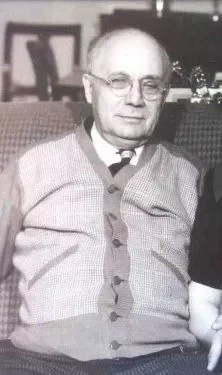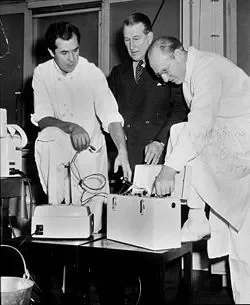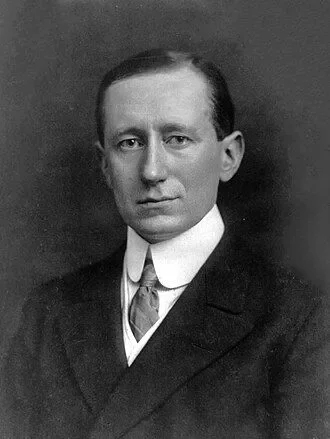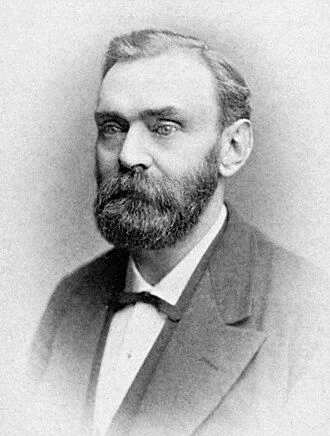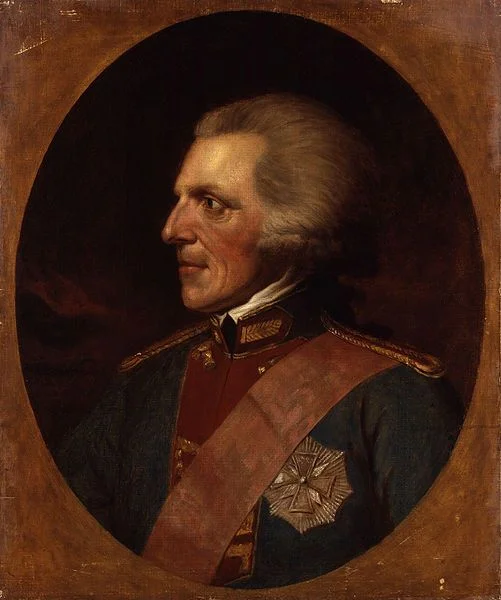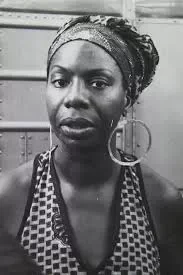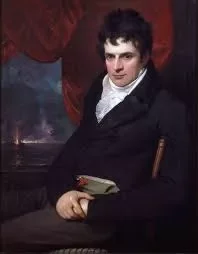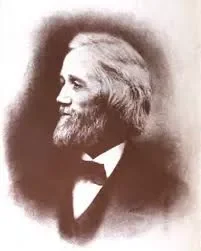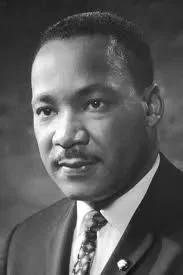Real Celebrities Never Die!
OR
Search For Past Celebrities Whose Birthday You Share
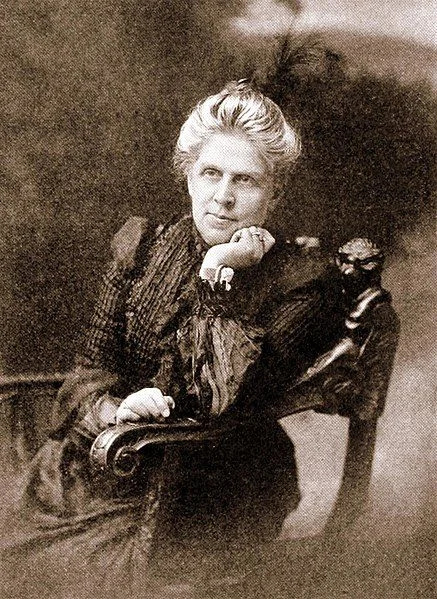
source:wikipedia.org
Harriet Russell Strong
Birthday:
23 Jul, 1844
Date of Death:
06 Sep, 1926
Cause of death:
Natural causes
Nationality:
American
Famous As:
Social
Age at the time of death:
82
Early Life and Education
Harriet Williams Russell Strong was born in Buffalo, New York, on July 23, 1844. She was an American inventor, businesswoman, and social activist. Her contributions to water storage and irrigation helped to mold the progress of Southern California.
Education was a top priority in Harriet’s family. Her father decided to move the family west to California in 1852, hoping to find new opportunities. Harriet, when she was young, was educated by private teachers and then went on to the Young Ladies Seminary in Benicia, California.
Marriage and Life at Rancho del Fuerte
When she was 19, Harriet married Charles Lyman Strong, a prosperous businessman with interests in banking, publishing, and mining. The couple relocated to the San Gabriel Valley in California after buying 325 acres from Pio Pico, the last Mexican governor of the state. They named their new home “Rancho del Fuerte,” meaning “Ranch of the Strong.”
However, their life took a tragic turn when Charles, after a series of failed business ventures, took his own life in 1883. Harriet became a widow with four young daughters and a huge amount of debt. This difficulty would be the driving force behind her exceptional transformation into an inventor and businesswoman.
Success in Agriculture: The Walnut Queen and Pampas Woman
Harriet’s irrigation system was very successful, leading to the thriving of her walnut orchards. In just five years, she managed to have the biggest walnut farm in the United States, earning her the title of “The Walnut Queen of Whittier.” Along with her successful walnuts, she also grew pampas grass, known for its popular plumes in the millinery trade, earning her the nickname “The Pampas Woman.”
Advocacy for Women’s Rights
Harriet became more committed to social causes, particularly women’s rights, as her business continued to prosper. She was part of the National American Woman Suffrage Association and frequently gave speeches with Susan B. Anthony. In 1895, she even hosted Anthony at her ranch.
Education and Cultural Opportunities for Women
Harriet was a firm believer in women’s education and financial independence. In 1920, she founded the Hamilton Club to educate women about business and public matters. Additionally, she established the Ebell Club of Los Angeles to promote cultural opportunities for women.
Contributions to Water Management
Harriet’s expertise in water management established her as a key figure in California’s water policy discussions. She played a crucial role in the passing of the Los Angeles Flood Control Act of 1915 and served on the flood control board at a time when women lacked voting rights in California.
Visionary Plans for the Colorado River
In 1917, she proposed a plan to Congress for building a dam at the Grand Canyon on the Colorado River to manage floods, conserve water, and produce electricity. Although her ideas were initially denied, they later played a significant role in the development of the Hoover Dam and the All-American Canal.
Harriet Strong's Quote's
Tragic Death and Enduring Legacy
In a tragic car accident near Whittier, California, Harriet Russell Strong passed away on September 6, 1926. She is remembered through the water management systems in Southern California and her work in advancing women’s rights and education.
A Life of Resilience and Innovation
Strong’s life story is a demonstration of resilience, innovation, and social consciousness. From a widowed mother facing financial challenges, she became a successful businesswoman, inventor, and social activist, leaving an indelible mark on both the physical and social landscape of California.
Name:
Harriet Strong
Popular Name:
Harriet Russell Strong
Gender:
Female
Cause of Death:
Natural causes
Spouse:
Place of Birth:
Buffalo, New York, United States
Place of Death:
Los Angeles, California, United States
Occupation / Profession:
Personality Type
Protagonist Charismatic and inspiring leaders, able to mesmerize their listeners. Her personality is characterized by leadership, advocacy, and innovation, as well as a strong commitment to social causes and a vision for making a large-scale impact.
She managed her husband’s estates and businesses successfully after his death, which led her to innovate in water conservation
She was a prominent suffragist
Her methods were foundational in the development of California’s flood control and irrigation systems
Strong was one of the first women in California to receive patents related to water engineering
Led campaigns to improve California’s water management
Received patents for water storage dams and irrigation systems in 1887 and 1888
Developed innovative water conservation and flood control techniques
Advocated for women’s rights and held leadership roles in several women’s organizations
